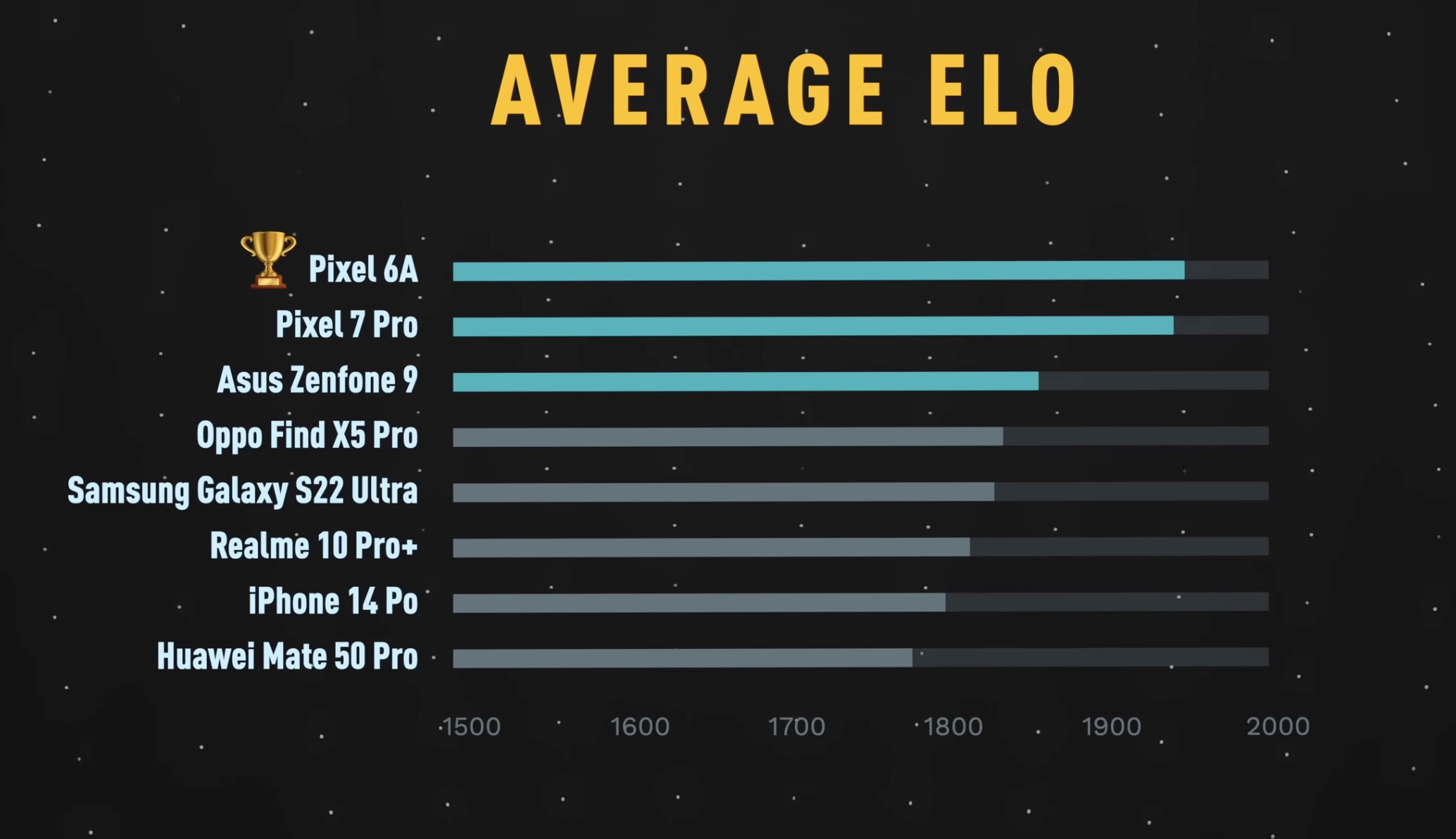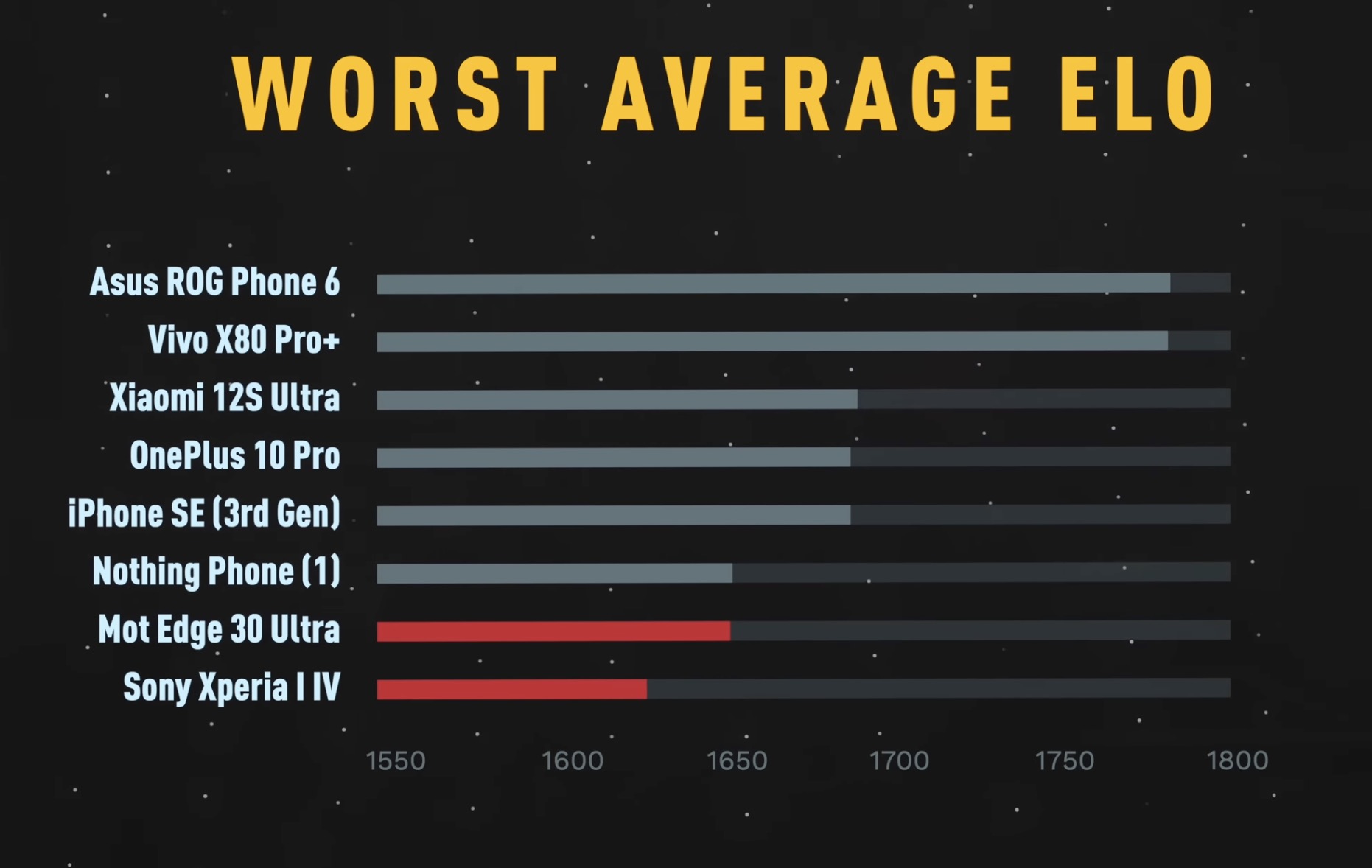https://www.quantamagazine.org/computer-helps-prove-long-sought-fluid-equation-singularity-20221116/
For centuries, mathematicians have sought to understand and model the motion of fluids. The equations that describe how ripples crease the surface of a pond have also helped researchers to predict the weather, design better airplanes, and characterize how blood flows through the circulatory system. These equations are deceptively simple when written in the right mathematical language. However, their solutions are so complex that making sense of even basic questions about them can be prohibitively difficult.
Perhaps the oldest and most prominent of these equations, formulated by Leonhard Euler more than 250 years ago, describe the flow of an ideal, incompressible fluid: a fluid with no viscosity, or internal friction, and that cannot be forced into a smaller volume. “Almost all nonlinear fluid equations are kind of derived from the Euler equations,” said Tarek Elgindi, a mathematician at Duke University. “They’re the first ones, you could say.”
Yet much remains unknown about the Euler equations—including whether they’re always an accurate model of ideal fluid flow. One of the central problems in fluid dynamics is to figure out if the equations ever fail, outputting nonsensical values that render them unable to predict a fluid’s future states.
Mathematicians have long suspected that there exist initial conditions that cause the equations to break down. But they haven’t been able to prove it.
In a preprint posted online in October, a pair of mathematicians has shown that a particular version of the Euler equations does indeed sometimes fail. The proof marks a major breakthrough—and while it doesn’t completely solve the problem for the more general version of the equations, it offers hope that such a solution is finally within reach. “It’s an amazing result,” said Tristan Buckmaster, a mathematician at the University of Maryland who was not involved in the work. “There are no results of its kind in the literature.”
There’s just one catch.
The 177-page proof—the result of a decade-long research program—makes significant use of computers. This arguably makes it difficult for other mathematicians to verify it. (In fact, they are still in the process of doing so, though many experts believe the new work will turn out to be correct.) It also forces them to reckon with philosophical questions about what a “proof” is, and what it will mean if the only viable way to solve such important questions going forward is with the help of computers.
Sighting the Beast
In principle, if you know the location and velocity of each particle in a fluid, the Euler equations should be able to predict how the fluid will evolve for all time. But mathematicians want to know if that’s actually the case. Perhaps in some situations, the equations will proceed as expected, producing precise values for the state of the fluid at any given moment, only for one of those values to suddenly skyrocket to infinity. At that point, the Euler equations are said to give rise to a “singularity”—or, more dramatically, to “blow up.”
Once they hit that singularity, the equations will no longer be able to compute the fluid’s flow. But “as of a few years ago, what people were able to do fell very, very far short of [proving blowup],” said Charlie Fefferman, a mathematician at Princeton University.
It gets even more complicated if you’re trying to model a fluid that has viscosity (as almost all real-world fluids do). A million-dollar Millennium Prize from the Clay Mathematics Institute awaits anyone who can prove whether similar failures occur in the Navier-Stokes equations, a generalization of the Euler equations that accounts for viscosity.
via Wired Top Stories https://www.wired.com
December 25, 2022 at 07:08AM



